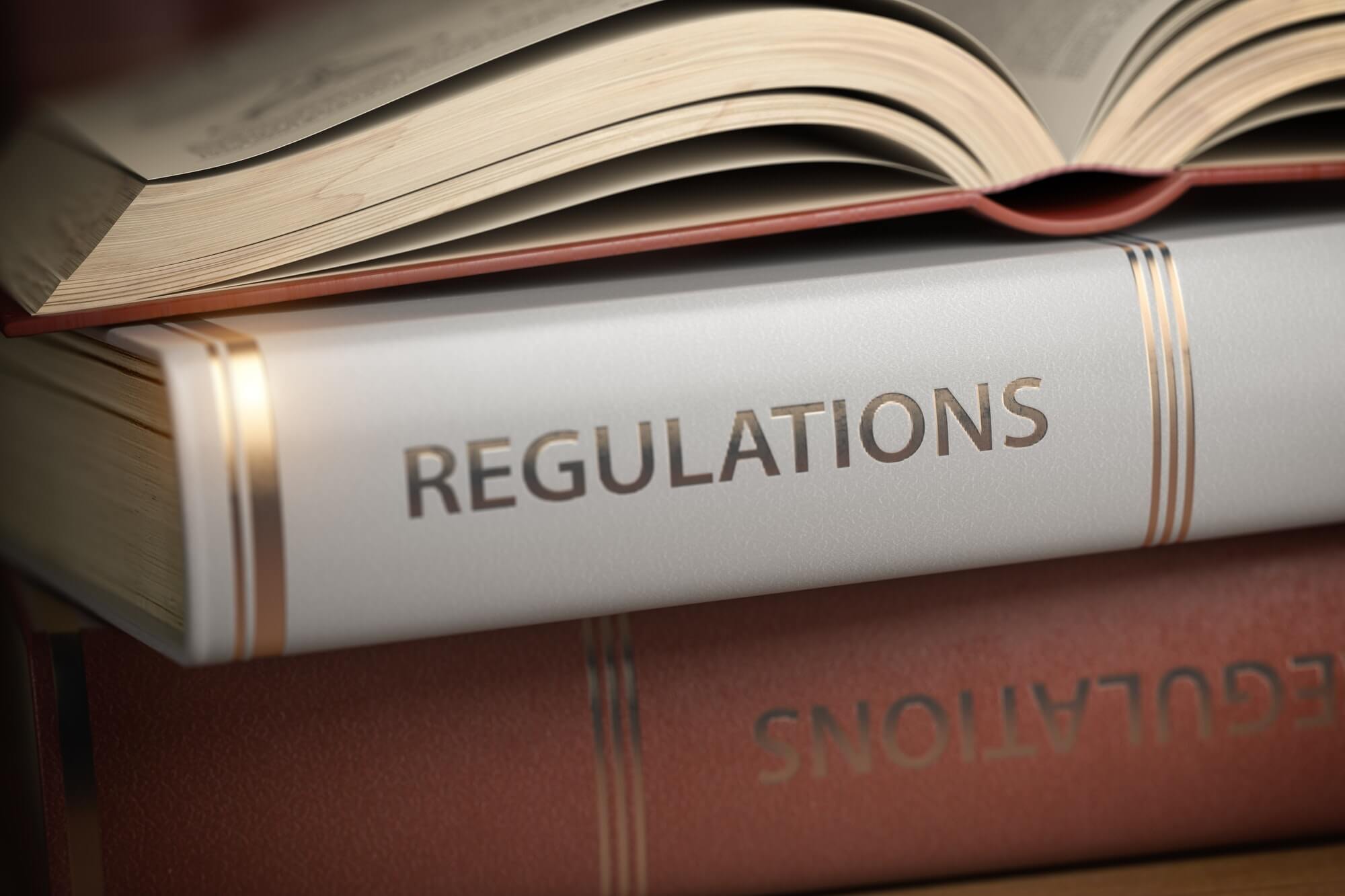
What does compliance mean to you and your company?
Compliance is following the procedures, standards, requirements, and laws mandated by regulatory bodies. These rules are issued to safeguard the interests of employees, customers, and shareholders alike.
Put simply, compliance aims to keep people safe, to keep businesses profitable, and to create win-win work environments. In this article, we’ll cover the seven most common types of compliance regulations and how compliance software simplifies task management.
Important Information about Regulations and Compliance Software
Types of Compliance
As mentioned, compliance is nothing more than operating within certain accepted standards. Different industries have different standards aimed at maintaining quality. However, compliance can generally be classified into the following categories:
- Industry regulations: These are government regulations targeted at particular industries to control the quality and quantity of products by players within the industry or prices. Some of the most regulated industries in the U.S. include power generation, manufacturing, and eCommerce. Self-regulatory organizations and trade associations can also enforce industry regulations. This is referred to as industry self-regulation.
- Federal regulations: These are regulations set by the federal government. There is a Code of Federal Regulations edited annually by federal government departments and agencies. The code touches on broad areas concerning federal regulations.
- State regulations: States can also enforce individual compliance requirements for businesses located in their state. In New York, they are simply referred to as laws. Other states, such as California and Texas, refer to them as codes. Businesses need to be aware of the regulations for the states in which they operate.
- Local laws and regulations: Besides state regulations, local authorities and municipalities are also at liberty to introduce their own laws and by-laws that complement federal and state laws. For example, New York City’s Local Law 196 of 2017 requires most construction workers to have completed OSHA 10 training within the last five years.
- International Standards: There are also international standards developed by international organizations such as the International Organization for Standardization (ISO) and the World Health Organization (WHO) to help maintain quality and safety across the board. One of the most common ISO standards is ISO 9000, as it applies to quality management for almost any type of business.
- Commercial standards (PCI): Commercial standards are not law, but they are the accepted voluntary performance and quality benchmarks issued by the National Institute of Standards and Technology. They spell out test procedures and acceptable performance guidelines.
- Safety regulations: Safety regulations are mandatory requirements aimed at preventing and reducing injuries. They include mandatory requirements, laws, and regulations. An example of safety regulations includes OSHA standards.

Industry Examples of Compliance
Telecommunications Industry
The Communications Act of 1934 requires telecommunication manufacturers to make telephones accessible to persons with disabilities. All devices must be compatible with peripheral devices commonly used by individuals with disabilities. The act also extends to today’s mobile and smartphone development.
Restaurant Industry
Failing to comply with industry regulations can get expensive. Just this year, three New York-area restaurants were forced to pay $365,000 in back wages and liquidated damages to dozens of former and current employees. Their mistake? Failing to maintain accurate time and pay records.
Big Tech
In 2017, LinkedIn paid nearly $6 million in unpaid overtime wages and damages to 359 employees. An investigation by the U.S. Department of Labor’s Wage and Hour Division found the company guilty of violating overtime and record-keeping provisions of the Fair Labor Standards Act.
Retail
Companies must correct compliance violations immediately, or they risk ending up with hefty fines if OSHA discovers issues like continuously exposing employees to hazardous conditions, even after being notified about them repeatedly.
Why Do Companies Use Compliance Software?
Businesses use compliance software for many reasons. But the primary motivations are the desire to simplify something that feels overwhelming and to avoid penalties.
Let’s take a closer look:
1. Compliance can get complicated
Depending on the industry, compliance may translate into following hundreds of rules and regulations. Put simply, most companies will not have all of the expertise they need to keep up in-house.
As a result, companies turn to external consultants and manual tracking to ensure compliance. However, this ad-hoc mode of operations proves problematic for one reason: Human beings are prone to making errors while using paper-based systems.
Alternatively, compliance software allows companies to digitally map out policies and controls to various compliance frameworks. The best compliance software enables companies to assess risks in multiple areas while gaining valuable insights on eliminating said risks.
2. Compliance software provides an audit trail
Again, awareness of the need for compliance software is growing because of highly public non-compliance cases in the media.
Savvy business owners recognize the importance of implementing clear audit trails that leave no question of compliance should Uncle Sam come knocking. Digital audits indicate who completed what tasks and when those tasks were completed, and provide peace of mind that companies are on track.
3. It saves time, money, and energy
Your compliance team can focus on higher-value activities while the software handles basic compliance requirements. Compliance software also helps to ensure that the management processes with any changes in compliance requirements.
4. It enhances information security
The last thing business owners want is for vital company information to land in the wrong hands. Unfortunately, this is the risk using a paper-based compliance system exposes organizations to every day.
With compliance software, you don’t have to worry about exposure. Why? Because only authorized personnel can gain access to the database. Furthermore, modern cloud-based software programs provide additional layers of security that keep information safer than local servers.
Choosing the Right Compliance Software
Unsurprisingly, compliance software is becoming increasingly crucial for businesses. It allows both employers and employees to keep track of an increasing number of regulations with maximum efficiency.
Companies that automate their compliance tasks reduce the risk of costly violations, improve transparency, and enhance team accountability. So, what is the best compliance software platform for your team?
Unfortunately, there is no simple answer. The market boasts dozens of options with an array of features, industry specifications, and price points. When evaluating compliance software, we recommend prioritizing the following features:
- An intuitive user interface
- Customizable checklists and templates
- Real-time monitoring and accountability
- Advanced reporting capabilities
- Team instant messaging
- Data security
One of the best general compliance software platforms available in the marketplace right now is MaintainX.
FAQs

Caroline Eisner is a writer and editor with experience across the profit and nonprofit sectors, government, education, and financial organizations. She has held leadership positions in K16 institutions and has led large-scale digital projects, interactive websites, and a business writing consultancy.


.webp)

_FEATURE.webp)
.webp)